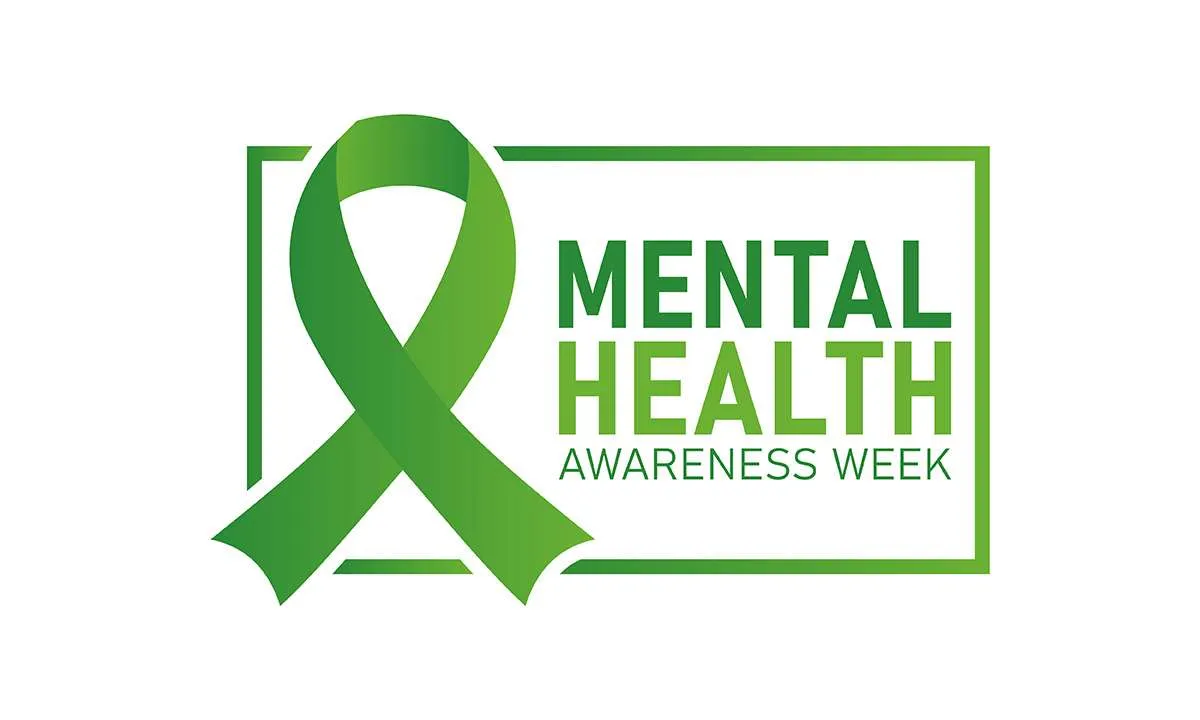Under Pressure
How Marketers Can Cope (Without Exploding Like a Misfired Campaign)
So, Mental Health Awareness Week has got us moving more – physically, hopefully emotionally – and now it’s time to dig into something even more pressing: pressure itself.
Let’s be honest. Marketing is basically professional pressure in a PowerPoint. Deadlines. KPIs. Campaigns that must “go viral”. Stakeholders who want results yesterday. And if you work in-house? Your CEO’s nephew is now a TikTok expert and wants to “collaborate”.
But pressure isn’t just part of the job. It can become all-consuming – and if not handled properly, it can derail both your wellbeing and your work. So let’s unpack the beast.
The Marketing Made Clear Podcast
Check out the Marketing Made Clear Podcast on all good streaming platforms including Spotify:
What Is Pressure, Really?
In psychological terms, pressure occurs when the demands placed on an individual exceed their perceived ability to cope (Lazarus & Folkman, 1984). It’s not just about being busy; it’s about feeling like the walls are closing in while you’re still trying to write a catchy headline.
Importantly, pressure can be both:
-
Positive (eustress): pushing you to achieve, perform, and grow.
-
Negative (distress): tipping you into anxiety, burnout, or imposter syndrome.
For marketers, the line between the two is often blurred.
The Industry Is Feeling It
Pressure is not just anecdotal; the data backs it up:
-
The Advertising Association’s 2023 “All In Census” revealed that 31% of marketing and advertising professionals reported poor mental health – higher than many other industries.
-
A 2022 Campaign UK report found that 57% of agency workers had considered leaving the industry due to stress.
-
NABS, the support organisation for the advertising and media industry, saw a 23% rise in emotional support callsin 2023 compared to the previous year.
One Creative Director anonymously told The Drum:
“We’re expected to be always on — the Slack messages don’t stop, the briefs don’t stop, the pressure to be ‘creative on command’ doesn’t stop.”

High-Profile Case Studies: When Pressure Boils Over
Let’s take a step back and look at examples of pressure in action — not to point fingers, but to learn.
1. BrewDog’s PR Blowback (2021)
The self-described “punk” beer brand faced mounting criticism after a group of former employees released an open letter calling out a culture of fear, burnout, and unrealistic demands.
The result?
A PR storm, damaged reputation, and a huge internal reckoning.
The Lesson:
High-pressure cultures might deliver edgy campaigns, but they’re unsustainable — and eventually, they implode from the inside.
Source: BBC News, June 2021 – “BrewDog staff accuse firm of culture of fear”
2. Apple and the ‘Always On’ Culture
Former employees have spoken out over the years about Apple’s intense internal culture. While it fuels innovation, it can also create immense psychological pressure — with long hours, secretive work environments, and perfectionism contributing to burnout.
In a 2021 Business Insider report, one former worker said:
“You’re part of something extraordinary, but you can’t breathe.”
The Lesson
Great marketing might be born in pressure cookers — but no one can thrive without release valves.
3. The Creative Agency Exodus
Many senior creatives are leaving agency life to freelance or switch industries. In Campaign Magazine (2022), several cited unmanageable pressure as a key reason:
-
Constant pitches.
-
Weekend work as the norm.
-
No time to think, just deliver.
One strategist quipped, “I left to get my weekends — and my sanity — back.”
The Lesson
If the work pace is unsustainable, the talent will walk. And marketing is nothing without its people.
So How Can Marketers Cope With Pressure?
Here are some proven, research-backed strategies — plus a few ideas from industry pros.
1. Control the Controllables
Nigel Adkins had it right — and so does science. Focus on what’s in your hands, rather than obsessing over every unpredictable metric. This approach reduces anxiety and promotes resilience (Kabat-Zinn, 1990).
Can you control the algorithm? No. Can you control how you allocate your energy today? Yes.
2. Time-Boxing & Task Chunking
Pressure often comes from a lack of clarity. Use methods like time-blocking to give tasks structure and scope. It’s how high-performers like Cal Newport (author of Deep Work) recommend working.
3. Decompression Rituals
Whether it’s a walk, 10 minutes of breathing, or aggressively watching cat videos on TikTok — decompression matters.
According to the NHS and Mind UK, breaks aren’t a luxury; they’re a necessity for avoiding chronic stress.
4. Say No. Kindly. Firmly. Often.
Boundaries are not rude; they’re responsible. If your “yes” comes at the expense of your mental health or work quality — it’s a “no” in disguise.
5. Find Your Tribe
Support networks matter. Whether it’s a peer group, a mentor, or a therapist — talking about pressure helps diffuse it.
As Mental Health First Aid England says:
“A culture of openness is the first line of defence against burnout.”
Final Thought: Great Marketing Isn’t Made Under Threat
Sure, pressure can sharpen focus. But too much of it? It corrodes creativity, turns strategy into scramble, and people into spreadsheets.
This Mental Health Awareness Week, let’s take the conversation a step further — not just acknowledging the pressure, but actively reshaping how we manage it. Let’s make room for marketing that’s thoughtful, sustainable, and (dare we say it) kind.


